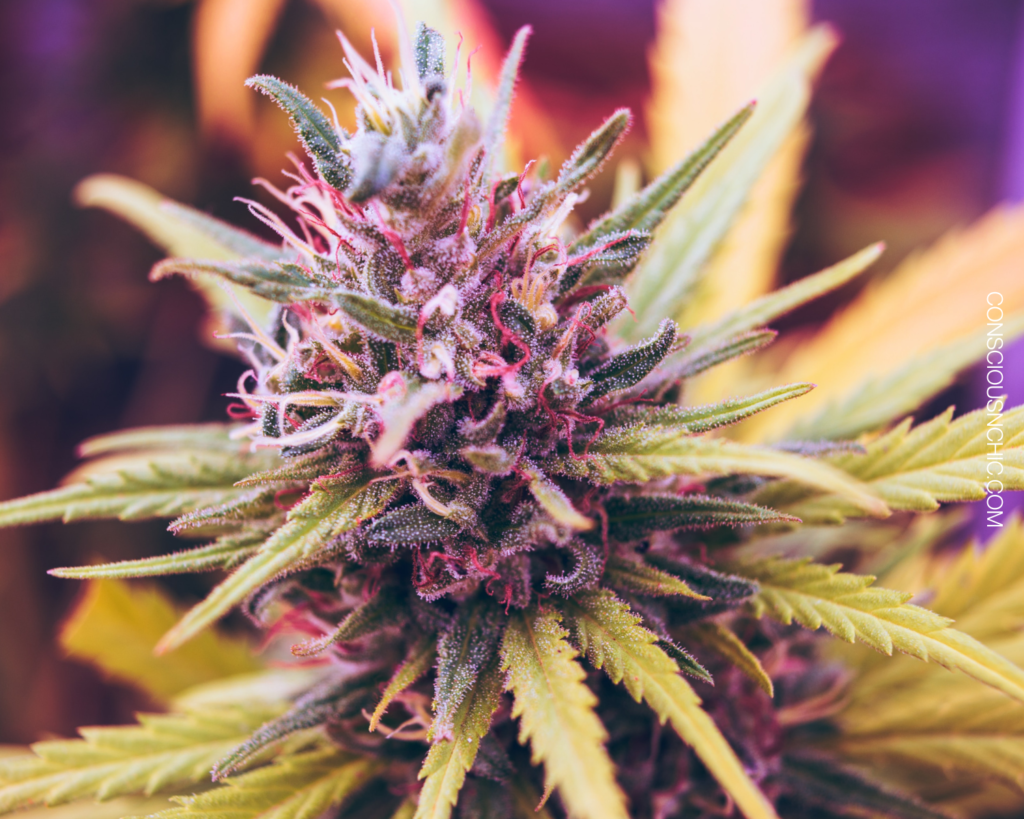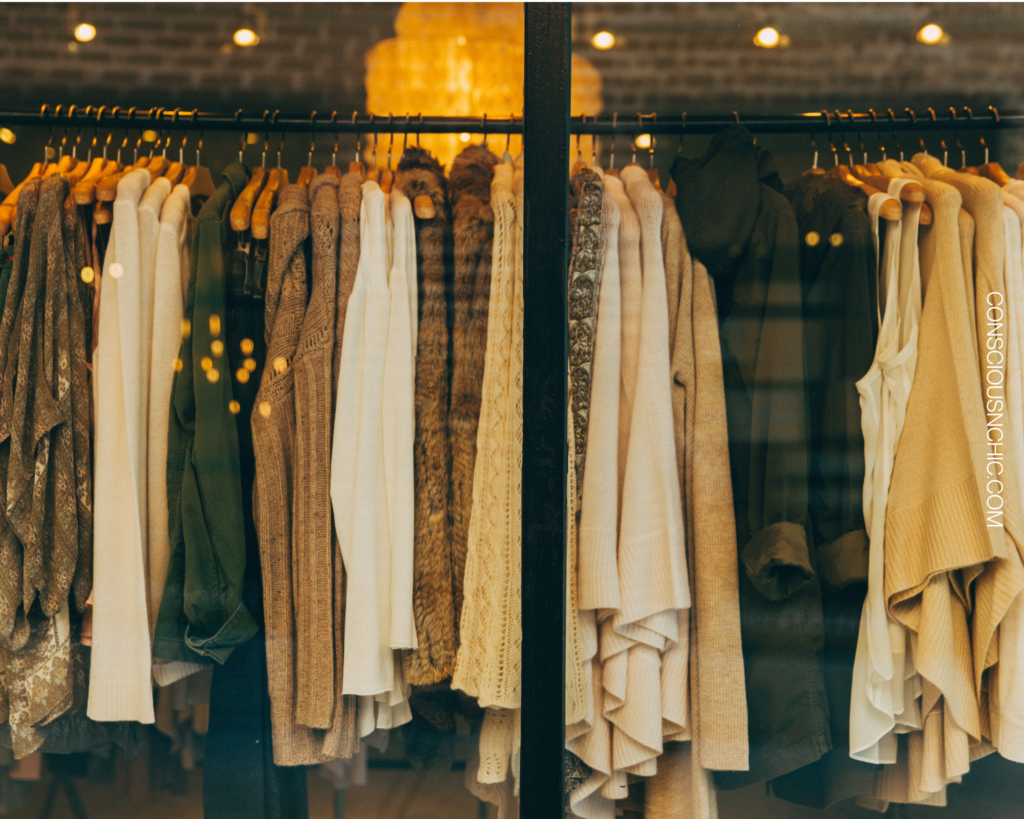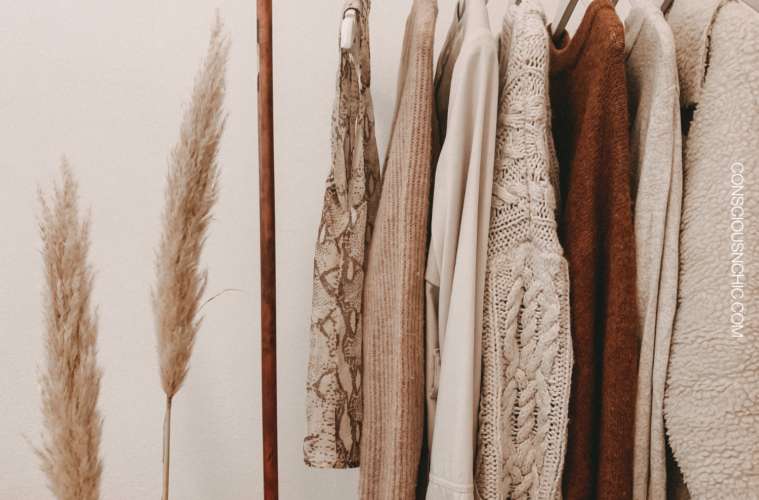by Ian Baker
Have you ever wondered about the environmental footprint of your wardrobe?
If you’re seeking fashion that doesn’t harm the environment, try clothes made from hemp. Not just clothing, hemp is also revolutionizing accessories and everyday items, making sustainability the ultimate style statement.
Read on to learn more about the hemp clothing resurgence and why it’s the best option for a sustainable future. Be part of the change you want to see in the world.

Fashion Needs a Sustainable Alternative
We’re witnessing a dramatic shift towards sustainability. Brands have begun realizing the environmental impacts associated with traditional materials, fueling the search for eco-friendly alternatives. This sustainable movement, like many movements, has found an unlikely hero in the plant kingdom, hemp. Hemp has made an impressive comeback, weaving its way into everything from clothing to accessories, and even influencing the interiors of chic cannabis dispensaries that mirror high-fashion boutiques.
A study by the Boston Consulting Group highlights the slow progress of the industry in addressing its environmental and social responsibilities. The “Pulse Score,” a metric tracking this progress, only rose a modest four points in 2019. Consumer sentiment echoes this need for change.
Meanwhile, a survey found that 75% of consumers consider sustainability important when making purchases, and 38% have switched brands due to another brand’s more positive environmental or social stance. This number rises to 48% among younger consumers, indicating a growing 75% of consumers consider sustainability important trend toward more sustainable fashion.

Hemp Is Back In Fashion
Hemp, once associated with the earthy style of hippie culture, has been elevated to high fashion status. It’s not unusual to see hemp garments adorning mannequins in boutique windows or stylish racks in high-end stores. From the runways of Paris to New York, designers are working this environmentally friendly material into their collections. Even your local cannabis dispensary might display hemp-based fashion lines alongside their other offerings.
Interestingly, this recent trend doesn’t signify the debut of hemp in the fashion industry. Rather, it is a resurgence, a rediscovery of the beauty and versatility of this ancient material.
Today, more designers are turning to hemp, integrating this sustainable fiber into their collections.
Designers like Mara Hoffman and Bethany Williams are pushing the boundaries of hemp fashion. Hoffman has included hemp in her collections for years, producing items ranging from structured jackets to flowing skirts. Williams, on the other hand, blends hemp with recycled cotton in her autumn/winter 2022 collection, reflecting her commitment to innovation and the environment.
Hemp’s History in the U.S.
Hemp has a rich and complex history in the United States. As early as the 1600s, hemp was a staple crop in the New World, primarily used for making ropes, sails, and clothing. With the advent of cotton and synthetic fibers, the use of hemp declined dramatically during the 19th and 20th centuries.
The Controlled Substances Act of 1970 marked a low point for hemp. Despite being non-intoxicating, hemp was classified along with marijuana, crippling the industry. Hemp clothing, during this era, found its niche in counterculture movements, becoming emblematic of the “hippie” lifestyle.
Hemp’s trajectory changed dramatically with the 2018 Farm Bill, which declassified hemp as a controlled substance and encouraged its cultivation. This legislation opened doors for hemp to re-emerge as a viable, legal crop and subsequently to re-enter the fashion industry in the United States. It even influenced the aesthetics of cannabis dispensaries, with hemp-derived fabrics being used to create a high-fashion ambiance in these spaces.

What’s Next In Hemp Fashion
Today, hemp is poised to take its place in high fashion and the broader clothing industry. A wave of innovation is sweeping through the field, producing a spectrum of hemp fabrics that are soft, durable, and beautiful. The transformation from raw hemp fibers to fine fabrics has been a result of the combined efforts of fashion designers, textile scientists, and environmentalists.
Future trends in hemp fashion point towards a blend of functionality and style. Think of tailored hemp suits, elegant gowns, and statement accessories. Not just confined to clothing, expect to see more hemp in everyday items too. For instance, more and more cannabis dispensaries are now offering hemp-based merchandise such as bags, hats, and even eco-friendly packaging.
The rise of hemp in the fashion industry is far more than just a trend – it’s a testament to the versatility and resilience of this ancient crop. Fashion, often criticized for its environmental footprint, now has an opportunity to pivot toward sustainability. Through the inclusion of hemp, it can champion a resource that is not just stylish but also respectful of our planet.
Conclusion
In this era of conscious consumption, hemp is more than just a fabric; it’s a statement of our commitment to sustainable living. With the fashion industry’s influence and the power of consumer choice, hemp is ready to shed its hippie image and dress the world in a sustainable style.


